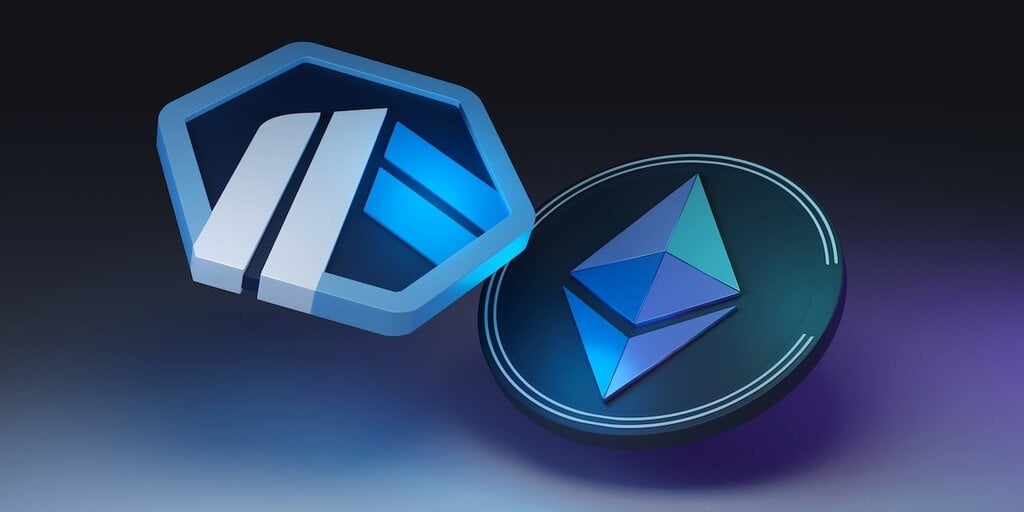
Robinhood has announced a significant move in the cryptocurrency space by opting to develop its Ethereum layer-2 scaling network using Arbitrum. This decision, as explained by Robinhood Crypto General Manager Johann Kerbrat, is driven by the desire to connect with other entities within Ethereum’s expansive ecosystem.
Meanwhile, Kraken is advancing its tokenized stock trading on Solana, despite having an unused Ethereum layer-2 network. This strategic divergence highlights the differing approaches of major crypto platforms as they seek to innovate financial systems through tokenization.
Robinhood’s Strategic Choice
Robinhood’s decision to build on Arbitrum is seen as a calculated move to maximize connectivity and participation within the crypto space. Kerbrat emphasized the importance of avoiding fragmented liquidity, stating,
“I hate the idea of having a Tesla-Kraken token and a Tesla-Robinhood token. Instead of actually moving forward and creating a better financial system, we’re splitting [up] liquidity.”
By developing its own Ethereum-compatible network based on Arbitrum’s design, Robinhood aims to expand its offerings of tokenized assets and integrate seamlessly with other players in the cryptosphere. The initiative underscores Robinhood’s commitment to creating a more efficient financial system for investors.
Kraken’s Push on Solana
In contrast, Kraken has chosen to roll out its tokenized stock trading through Backed Finance’s xStocks on Solana. This decision reflects Kraken’s strategy to leverage Solana’s network to accelerate mass adoption of tokenized equities. A Kraken spokesperson explained,
“We’re working to make xStocks the global standard for tokenized equities. This isn’t about promoting any single brand—it’s about unlocking access and shifting power back to the people.”
Despite having its own Ethereum layer-2 network, Ink, Kraken has yet to utilize it for tokenized trading. The company is focused on expanding xStocks to additional blockchains, with Ink remaining a key component of its future roadmap.
Implications for the Crypto Ecosystem
The contrasting approaches of Robinhood and Kraken highlight the ongoing competition and innovation within the crypto industry. Robinhood’s focus on Ethereum compatibility and broad developer appeal contrasts with Kraken’s emphasis on Solana’s speed and scalability.
Robinhood CEO Vlad Tenev, speaking at an event in Cannes, reiterated the company’s ambition to bring its entire ecosystem on-chain. This includes leveraging its own blockchain for trading and settlement, as well as supporting various financial applications.
During a discussion with Ethereum co-founder Vitalik Buterin and Offchain Labs CSO A.J. Warner, Kerbrat highlighted the potential of Arbitrum Stylus. This tool allows developers to write smart contracts in multiple languages, including Rust, which is favored for Solana-based applications. Warner noted,
“You can pull in specific libraries or specific components of your application using the Stylus stack and still take the benefits of the battle-hardened EVM code.”
Looking Ahead
As Robinhood and Kraken continue to explore different paths in the tokenization of assets, the broader crypto industry watches closely. The choices made by these major players could influence future developments in blockchain technology and financial systems.
Robinhood’s strategy to align with Ethereum’s ecosystem through Arbitrum may set a precedent for other companies seeking interoperability and expansive reach. Meanwhile, Kraken’s commitment to Solana and xStocks could pave the way for new standards in tokenized equities.
As both companies navigate regulatory landscapes and technological challenges, their efforts will likely shape the future of digital finance, offering insights into the evolving dynamics of the crypto world.







